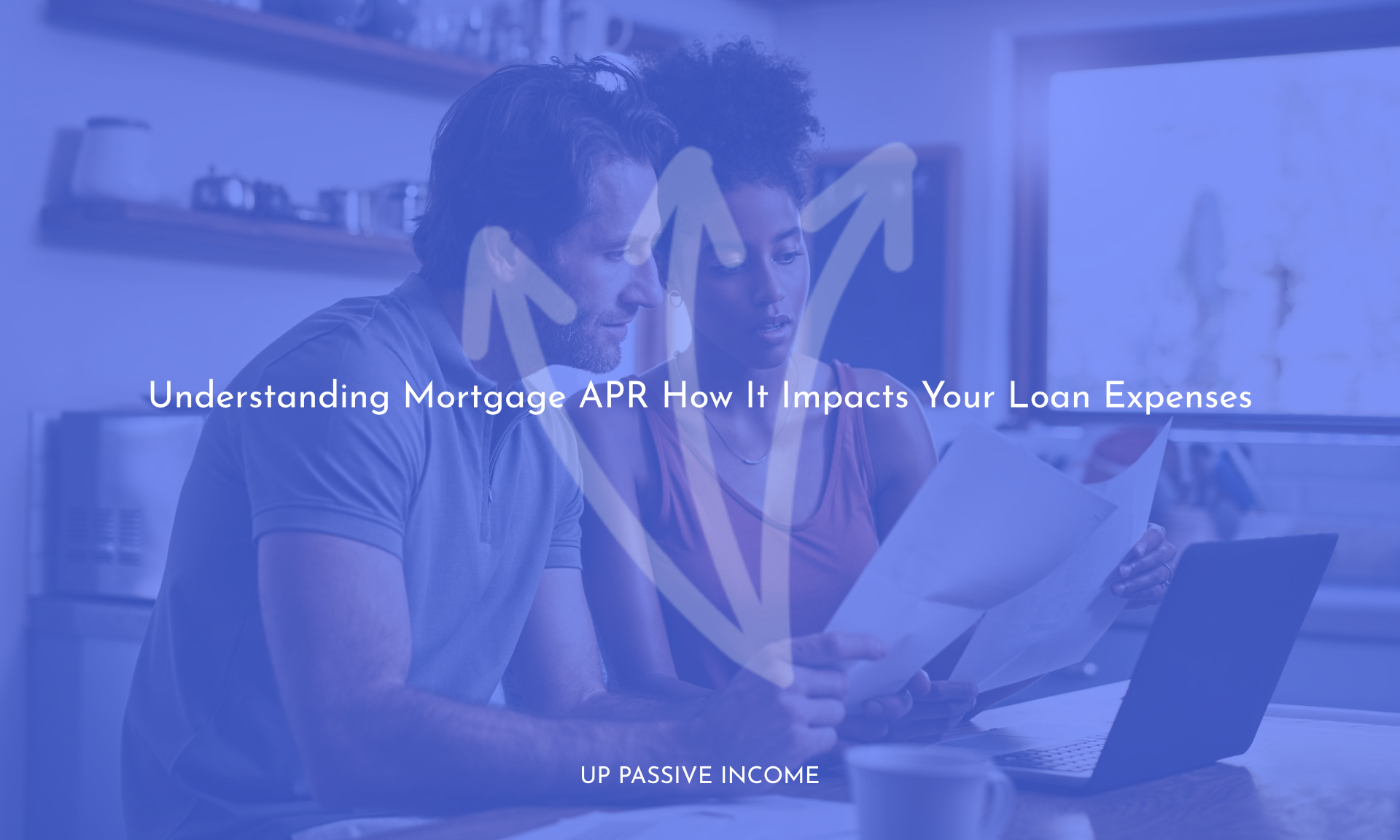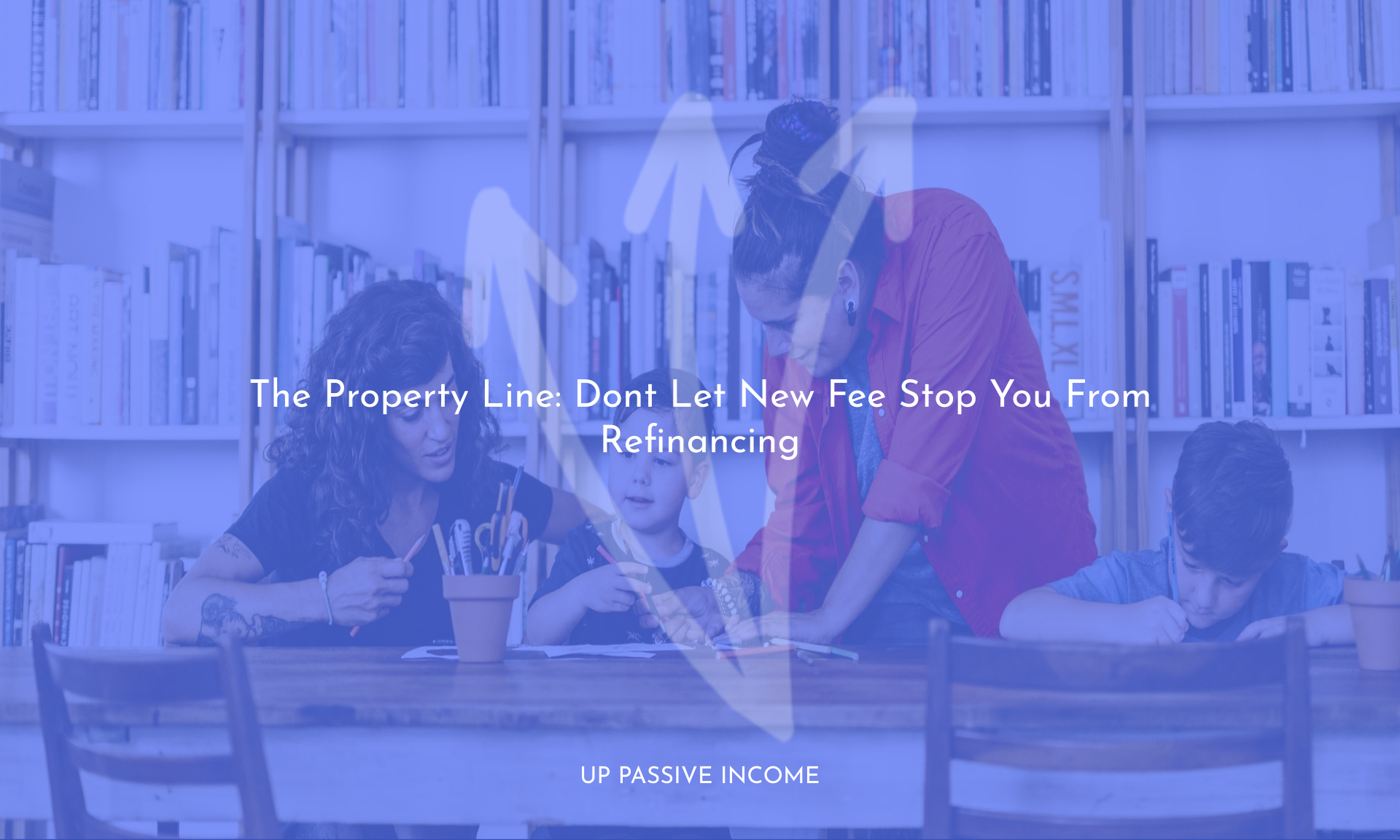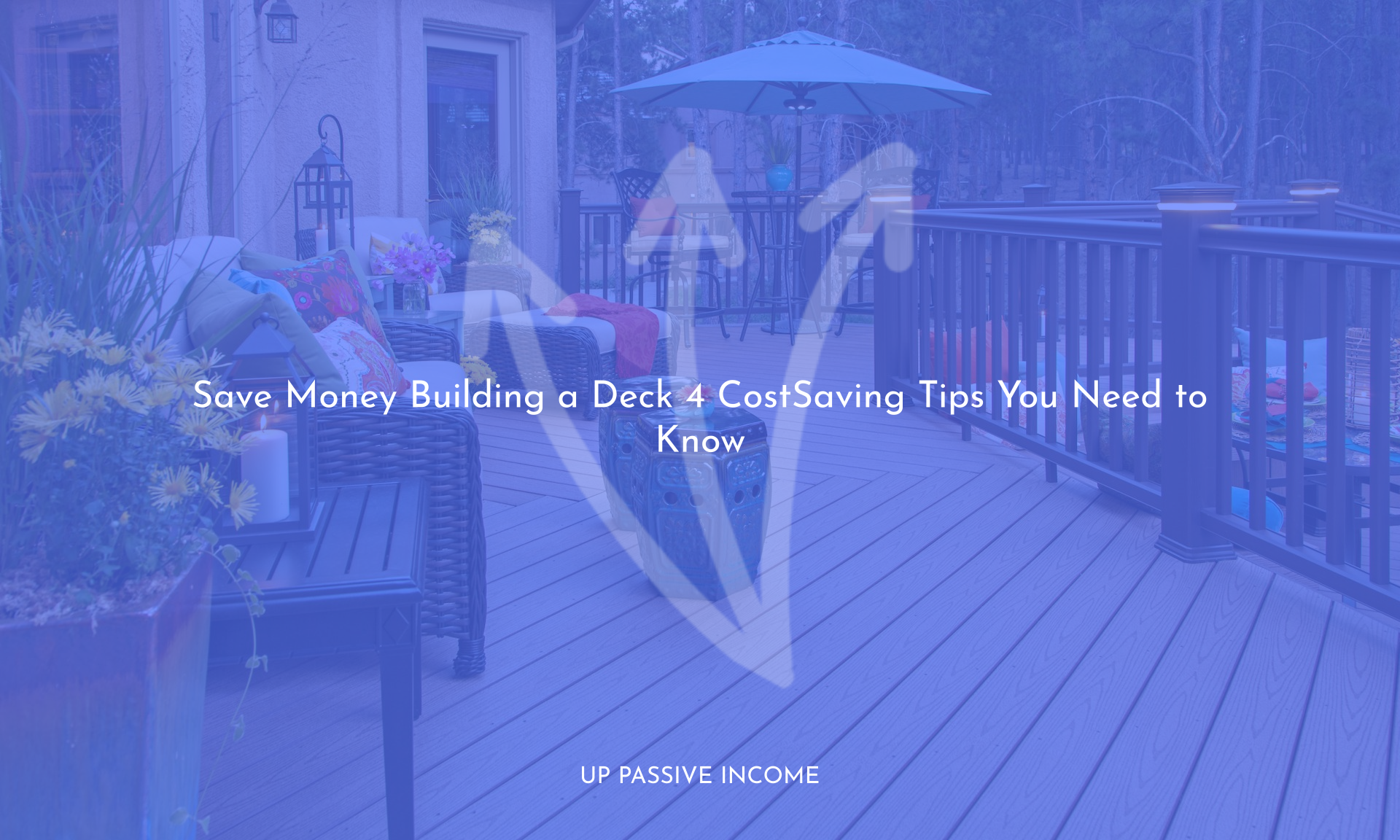APR tells you a mortgage’s true cost. The APR includes interest rate, points and fees charged by the lender, and lets you compare mortgage offers.
Learn how the Annual Percentage Rate (APR) affects your mortgage costs. Discover how APR combines interest rates and lender fees to give you an accurate picture of your loan’s true cost.
Table of Contents
Annual percentage rate, or APR, reflects the true cost of borrowing. Mortgage APR includes the interest rate, points and fees charged by the lender. APR is higher than the interest rate because it encompasses all these loan costs.
Heres a primer on the difference between APR and interest rate, and how to use it to evaluate mortgage offers.
» Looking for information on credit card APR?
Interest rate vs. APR
Understanding these items is crucial when choosing the best mortgage lenders to work with. The interest rate is the percentage that the lender charges for lending you money. The APR reflects the interest rate plus the fees you paid directly to the lender or broker or both: origination charges, discount points and any other costs. Those fees add to the cost of the loan, and APR takes them into account. That’s why APR is higher than the interest rate.
» MORE: Calculate your mortgage APR
APR comparison
APR is a tool that lets you compare mortgage offers that have different combinations of interest rates, discount points and fees. Comparing APRs is most useful if you plan to keep the loan for more than six or seven years. But if you plan to keep the loan for less than six or seven years, APR comparisons could be misleading. That’s because the APR calculation assumes that you’ll keep the loan for its entire term. But not every borrower does that. Most people sell the home or refinance the loan before it’s paid off.
As a hypothetical example, let’s say you’re comparing two offers on a $200,000 loan for 30 years:
-
Loan A: You could borrow $200,000 with an interest rate of 4.25%, paying a 1% origination fee, no discount points and $1,000 in other fees. The 1% origination fee costs $2,000, and other fees are $1,000. Total fees: $3,000.
-
Loan B: You could pay a discount point to reduce the interest rate. In this offer, you could borrow $200,000 with an interest rate of 4%, paying a 1% origination fee, 1 discount point and $1,000 in other fees. The 1% origination fee costs $2,000, the 1 discount point costs another $2,000, and other fees are $1,000. Total fees: $5,000.
Bottom line: Loan A has a higher interest rate (4.25%) and lower fees ($3,000), while Loan B has a lower interest rate (4%) and higher fees ($5,000), because you could pay $2,000 to buy 1 discount point to cut the interest rate by 0.25%. As you see in the table below, Loan B has a lower APR, which means that you end up paying less over the 30-year life of the loan when you include principal, interest and upfront fees.
How long you have the loan matters
The loan with the lower APR costs less over the mortgage’s 30-year term. But what if you plan to keep the loan for less than that?
Loan A, without discount points, costs less in the first five years and eight months. Loan B, with discount points, costs less when you have the loan for five years and nine months or longer.
In this example, the break-even period for paying points is five years and nine months, meaning it will take that long to see the savings from paying those points. Not every loan has the same break-even period, which varies depending on the loan amount, interest rates and cost of fees and discount points.
APR is useful for comparison in some cases, but not all. Fortunately, there’s another way to compare loan offers. It’s in a section of the Loan Estimate that calculates how much the loan will cost in the first five years.
» MORE: Find a lender and get pre-approved for a home loan
Using the Loan Estimate to compare mortgage offers
When you apply for a mortgage, the lender is required to give you a three-page document called a Loan Estimate. Page 3 of the Loan Estimate has a “Comparisons” section that lists not only the APR but also how much the loan will cost in the first five years: the loan costs, plus 60 months of principal, interest and any mortgage insurance.
In the earlier example, Loan A (4.38% APR) would cost $62,033 in the first five years, and Loan B (4.21% APR) would cost $62,290. So Loan A would cost $257 less in the first five years. Even though Loan A has a higher APR, it would be the better deal if you kept the loan for just five years.
When you get multiple loan offers, line up the “Comparisons” sections of the Loan Estimates side by side to help you decide.
» MORE: Compare mortgage rates

Thanks to Source
Mortgage APR



